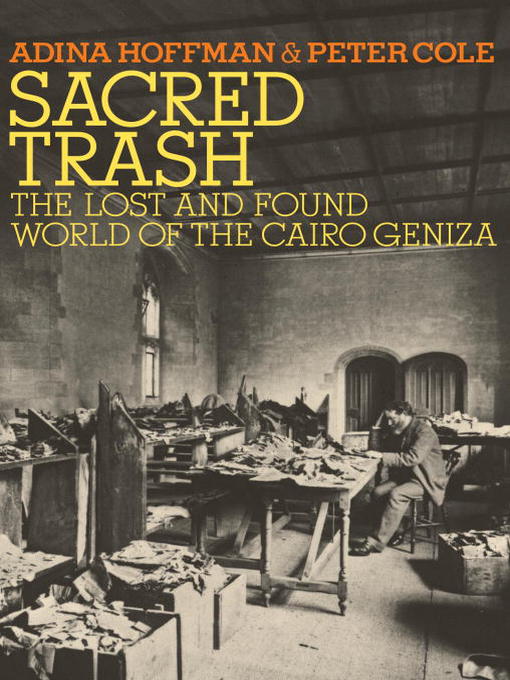
Sacred Trash
The Lost and Found World of the Cairo Geniza
کتاب های مرتبط
- اطلاعات
- نقد و بررسی
- دیدگاه کاربران
نقد و بررسی

Starred review from May 2, 2011
Hoffman and Cole deliver a riveting true account following a series of scholars in the late 1890s who attempt to unveil pieces of original scrolls from the Sirach, a book that dates to approximately 200 BCE. The race beings as a adventurous Scottish sisters Agnes Lewis and Margaret Gibson investigate an Egyptian repository, or "geniza," a "barely translatable Hebrew term" ultimately meaning "hoard" or "hidden treasure." What originally appeared to be little more than a dusty room filled with countless barely-legible documents, was actually host to numerous ancient Hebrew texts. While some were benign, like shopping lists, others were soon proven to have been written by the infamous Ben Sira around 175 BCE. It takes no time for the friendly rivalry between the Scottish sisters and Solomon Schecter to turn sour, as all involved vie for the same accomplishments and notoriety. It isn't long before Schecter stations himself in Cairo and devotes all his time to researching the original geniza, along with a second genzia that was discovered nearby. Hoffman and Cole offer an invigorating account of success coupled with eye opening documentation that was nearly left to rot in the bowels of an abandoned Egyptian building. Photos.

February 15, 2011
Poet and essayist Hoffman (My Happiness Bears No Relation to Happiness: A Poet's Life in the Palestinian Century, 2009, etc.) and poet and translator Cole (Things On Which I've Stumbled, 2008, etc.) chronicle the disinterment of an ancient stash of Hebrew scholarship.
This absorbing academic detective story begins in Cambridge in 1896, when renowned Hebraist Solomon Schecter encountered twin sisters who told him about a synagogue in Old Cairo that contained vast gathering of documents which had been given proper entombment centuries earlier. The scholar promptly traveled to the cache—the "Geniza"—at the ancient Ben Ezra Synagogue where he found a huge, musty treasure of hitherto unknown Judaica. The material, pungent with the age of the earliest days of the second millennium, was written on paper and vellum in a variety of languages, though all used Hebrew orthography. Everyday letters and business correspondence formed a new portrait of the lives of medieval Jews. Most spectacular, especially in the case of a people who put much of their achievements and teaching in writing, was the recovery of liturgical poetry and wisdom from the Golden Age of Jewish Literature in Muslim Iberia. Hoffman and Cole are adroit in their exegesis of the writings of figures like Ben Sira and poet and philosopher Judah Halevi, and the authors pay appropriate tribute to the devoted scholars who arduously sifted through the dust of centuries. The Cairo Geniza has produced an important branch of scholarly discipline that continues today.
An accessible, neatly narrated story of hallowed detritus and the resurrection of nearly 1,000 years of culture and learning.
(COPYRIGHT (2011) KIRKUS REVIEWS/NIELSEN BUSINESS MEDIA, INC. ALL RIGHTS RESERVED.)

























دیدگاه کاربران